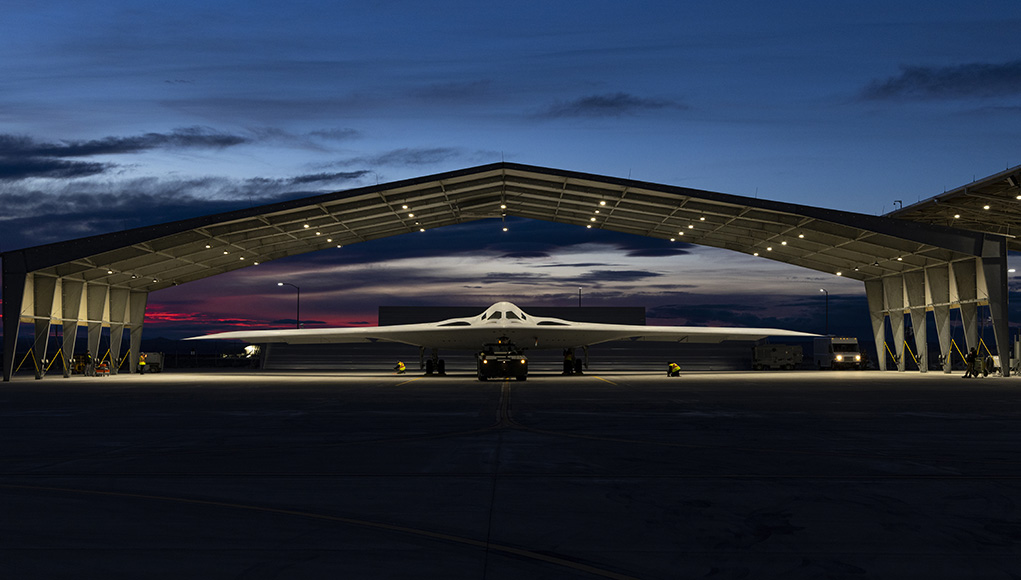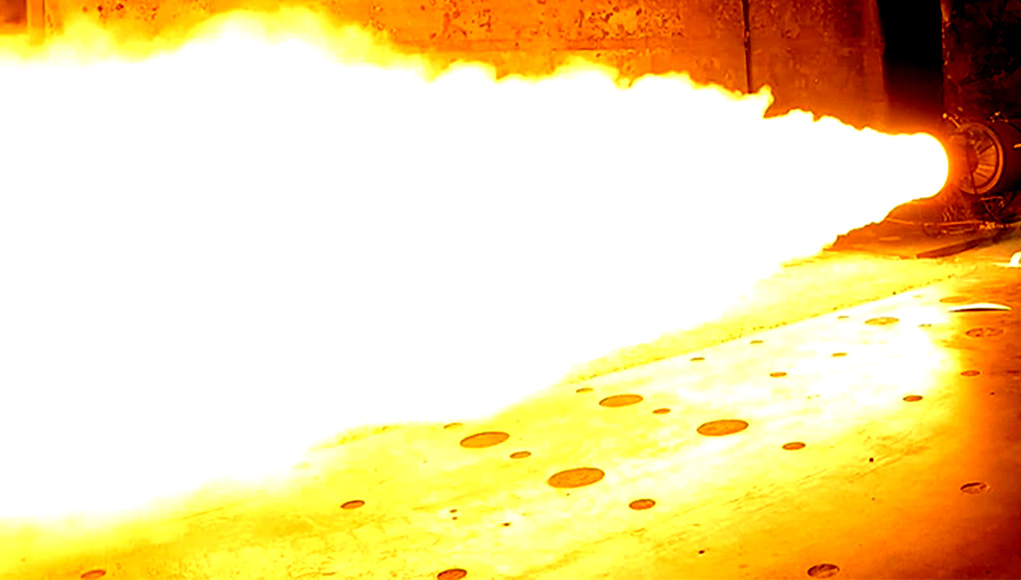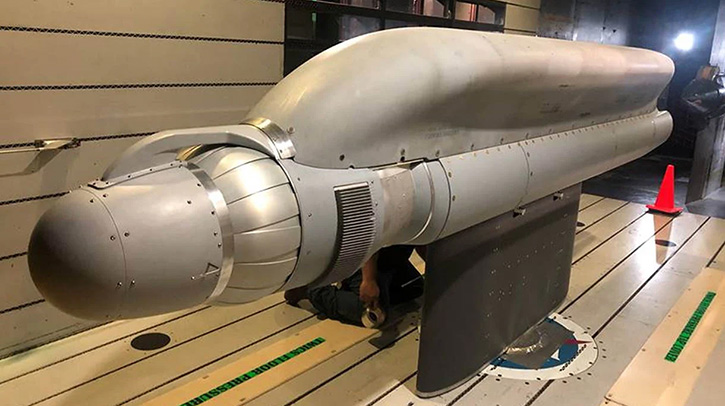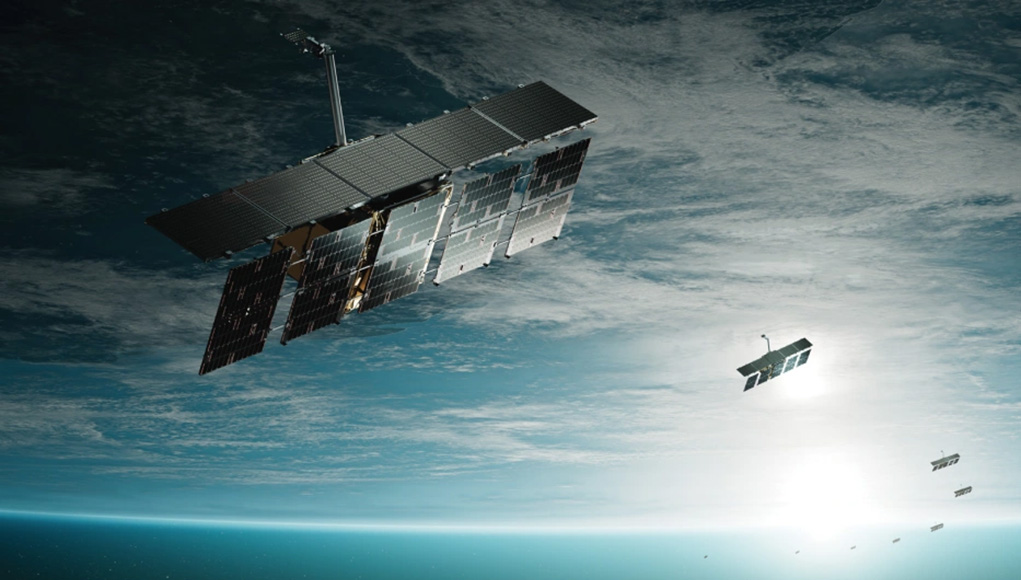The Netherlands has announced plans to expand its purchase of F-35 fighter jets, further bolstering its defense capabilities. The new order will raise the total number of F-35s to 58, up from 52. The decision reflects ongoing efforts by the Netherlands to modernize its air force and align with NATO defense goals.
A week later, Italy announced a budget of 7 billion Euros to acquire 25 additional F-35s for its air and naval force. The new order will bring the Italian F-35 fleet to 115, with the naval F-35B STOVL variant at 40 aircraft. This expansion comes as European countries reevaluate their military assets in response to increased geopolitical tensions. The increased fleets of Italy and the Netherlands are expected to enhance NATO’s collective air power soon before future and ambitious 6th-generation programs materialize sometime in the next decades.

Air Force Announces Second and Third B-21 Raider Bases
The United States Air Force has officially announced the locations for the second and third bases for the B-21 Raider, its next-generation stealth bomber. Whiteman Air Force Base in Missouri will host the second squadron, while the third squadron will be at Dyess Air Force Base in Texas. “We continue to achieve B-21 production milestones; through digital engineering and open architecture design, we are getting an agile strategic deterrent that delivers a decisive response as required,” said Gen. Thomas Bussiere, Air Force Global Stike Command commander. Air Force Global Strike will remain ready and provide strike options for the country by maintaining, modernizing, and keeping its B-1 and B-2 bombers in service until the B-21 is delivered in the mid-2020s.
The B-21 Raider is a long-range stealth bomber designed to carry out conventional and nuclear missions. With its advanced stealth capabilities and next-generation systems, the B-21 will play a pivotal role in the U.S. military’s strategy for future deterrence. The Air Force will purchase at least 100 B-21s. The strategic long-range bomber is currently in low-rate production and executing flight tests. Ellsworth Air Force Base, South Dakota, the first of three B-21 main operating bases and the location for the formal training unit, has already begun preparations for B-21 operations.

Lockheed Martin’s JASSM-XR Cruise Missile Takes Strike Capability Further
Lockheed Martin has unveiled the AGM-158 JASSM-XR, the latest extended-range version of its Joint Air-to-Surface Standoff Missile (JASSM). As a variant of a proven and air-qualified family of weapons, the XR variant offers a low-risk solution compared to a ‘clean sheet’ new weapon. It is designed to offer significantly increased range and payload capacity compared to previous models, enabling strikes from further distances while carrying larger warheads. According to Lockheed Martin, by leveraging the mature JASSM and LRASM production line, established supply chain, mission planning, and software infrastructure, and implementing a few structural changes, XR can significantly reduce development and production time. (Read more)

Raytheon and Northrop Grumman Successfully Test Solid Rocket Motor for Hypersonic Missiles
Raytheon Technologies and Northrop Grumman have completed a successful static fire test of an advanced, long-range solid rocket motor. The test was conducted at Northrop Grumman’s Allegany Ballistic Laboratory in West Virginia.
The test demonstrated wired end-burning technology for hypersonic applications and provided data to support digital modeling and simulations that validated the rocket motor’s design maturity and performance. While specific performance data has not been disclosed, both companies have stated that the motor met or exceeded all test parameters. “By leveraging industry collaboration, we demonstrated that we can produce and meet requirements for challenging long-range fire kill chains.” Colin Whelan, president of Advanced Technology at Raytheon, said.
This successful test signals progress in missile propulsion technology, with potential applications in air/air and air/ground applications. Future developments will focus on integrating this motor into next-generation missile systems.
 L3Harris Secures $587 Million Contract for Next-Generation Jammer – Low Band Program
L3Harris Secures $587 Million Contract for Next-Generation Jammer – Low Band Program
The U.S. Navy has awarded L3Harris a $587 million contract to develop and produce the Next-Generation Jammer – Low Band (NGJ-LB) system for the US Navy’s Boeing EA-18G electronic combat fighter. The NGJ-LB will replace the aging ALQ-99 jamming system currently used on EA-18G Growler aircraft, providing the Navy with enhanced electronic warfare capabilities.
The Next-Generation Jammer will improve the Navy’s ability to disrupt enemy radar and communication systems, ensuring that U.S. forces maintain a significant edge in electronic warfare. The low-band system in the engineering and manufacturing development phase is part of the Next-Generation Jammer system to modernize the Navy’s airborne electronic warfare capabilities. The first production pods of the high-band and mid-band systems will be delivered in 2023. The NGJ-MB program is a joint cooperative program between the U.S. Department of Defense and the Australian Department of Defence.
The NGJ-LB contract, worth up to $587.4 million, will deliver eight operational prototype pods to the U.S. Naval Air Systems Command over the next five years for fleet assessment and additional test assets for airworthiness and design verification.

Rheinmetall Expands Cooperation with Finnish Company ICEYE for SAR Satellite Technology
Rheinmetall has announced an expanded collaboration with Finnish company ICEYE to enhance Synthetic Aperture Radar (SAR) satellite technology for military and civilian applications.
ICEYE develops and deploys SAR satellite systems, providing real-time, high-resolution imaging for reconnaissance and surveillance missions. SAR technology is known for capturing imagery through clouds and in all weather conditions. The partnership will see Rheinmetall integrating this technology into its defense solutions for the German and Hungarian armed forces, with plans to expand further into other European markets.
In June 2024, Rheinmetall announced its participation in the ICEYE’s fleet of radar reconnaissance satellites, making space-based reconnaissance data usable on its battlefield command and control tactical systems.
Anduril Expands Capabilities into the Space Domain
Anduril has announced the expansion of its Lattice mission management application to support space missions. The company will develop modular hardware and software systems leveraging its Lattice for Space Missions, independently and through strategic partnerships across the space industry. “Space is a contested warfighting domain, and we recognize the importance of equipping spacecraft with advanced autonomy and cutting-edge payloads, ensuring our Guardians maintain a decisive advantage in every mission,” Said Gokul Subramanian, SVP of Space and Engineering. He added that Anduril is committed to investing its money to design, build, and launch its fully integrated systems by the end of 2025. This mission will serve as a testbed for the maturation of multiple Anduril and third-party payloads, which will be announced in the coming months. Subramanian added.






















